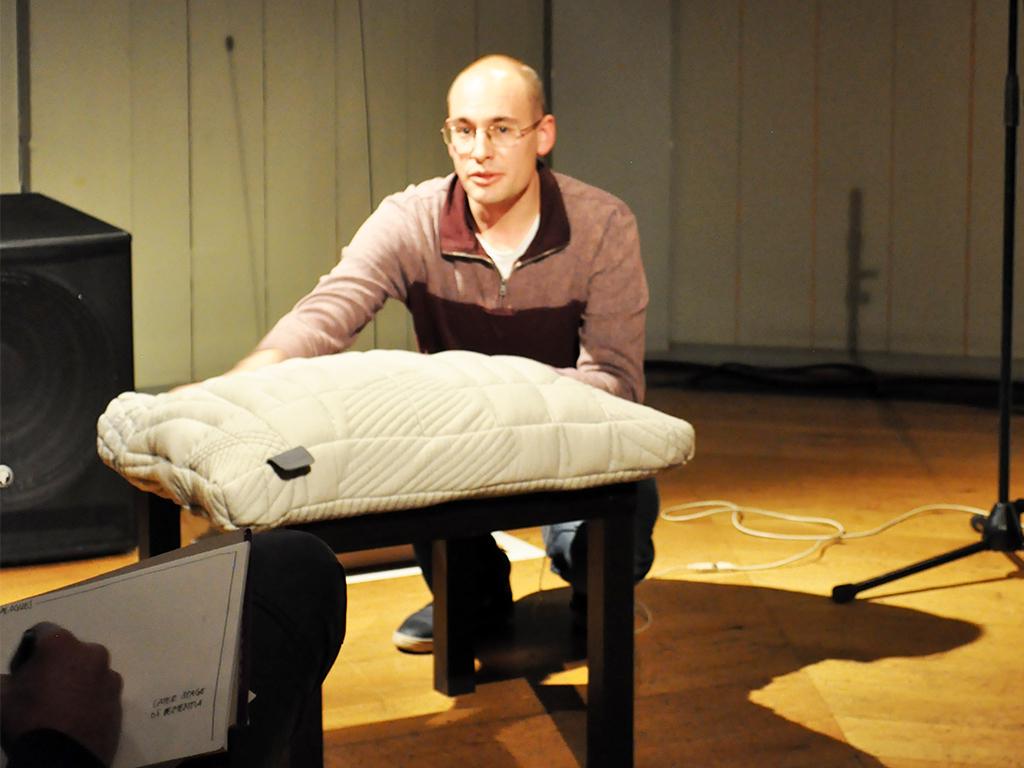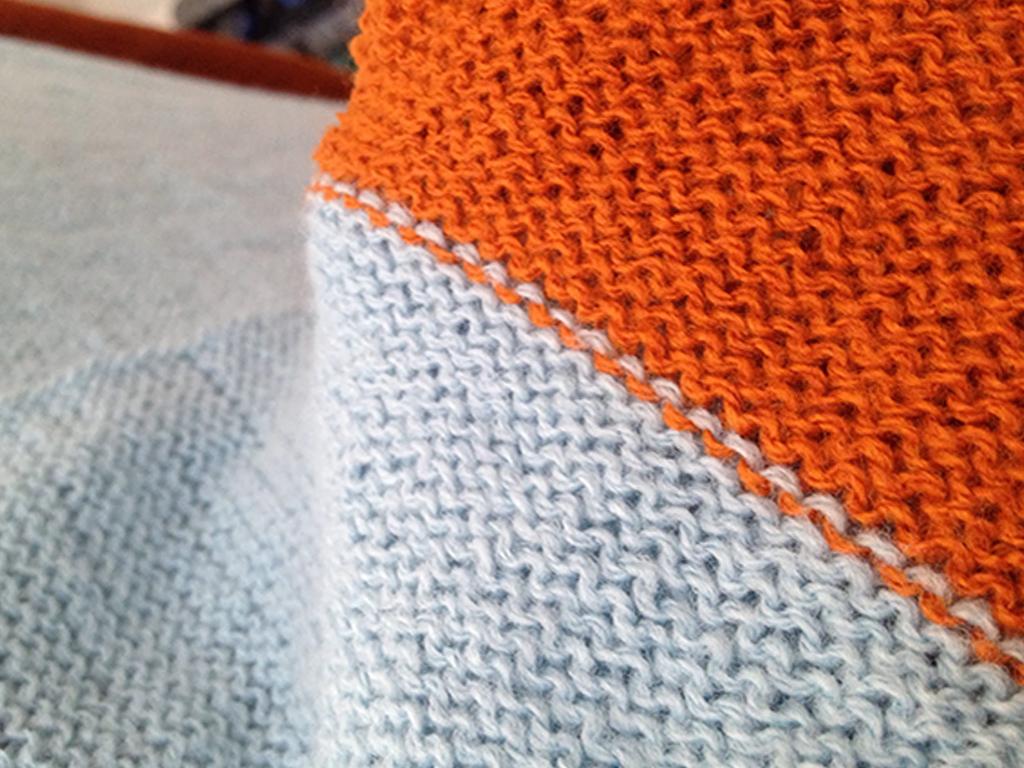The first Careful Designs @ Waag Open Space is a fact. On the 18th of December 2013, a group of researchers, (fashion) designers, developers, entrepreneurs and healthcare professionals gathered in the historic Anatomical Theatre for an intimate evening on e-textiles or smart textiles for wellbeing. And sharing their knowledge in this field, gained in projects such as CRISP and COMMIT. We opened the doors to people from outside the projects as well to disseminate the knowledge and start a conversation on issues, such as: What requirements are needed to bring the products to the market? Which parties are still lacking for further development? How should scaling up be realized? The crossover within projects and between research programmes could trigger new exchanges and ideas.
E-textiles or smart textiles are fabrics that embed digital components and electronics. As a result ‘smart’ clothing can be designed for fields such as healthcare. Five projects served as the base to show how users are involved in developing ‘smart’ textiles, what kind of technology are used and with what effects, and look at possible target groups such as people with Alzheimer. Jochem Galama, Contour Industrial Design Solutions, visualized the links between the different projects during the evening.
The different prototypes developed within the large research projects of CRISP and COMMIT were presented and the process of making was unveiled. The interactive session gave room for feedback, questions and suggestions, and was meant to exchange knowledge and to inspire.
“Wellbeing as the new luxury”, was stated by Oscar Tomico from the TU Eindhoven and projectleader of Smart Textiles Services (CRISP). Smart textiles could play an important role as was shown by his teamplayer in CRISP, Martijn ten Bhömer. Martijn presented Tactile Dialogues, an smart-textile pillow containing sensors and vibrating motors. By touching the pillow, vibrations can be transported to another person touching the pillow. In this way they can ‘feel’ each other at a distance. People with dementia benefit from this type of interaction, as people indicated from care organisation De Wever. Vigour, designed by fashion designer Paulien van Dongen, could stimulate a person to move through sensors and using music.
These types of interactions could be enriched through gamification, as was shown by Valentijn Visch, TU Delft, and projectleader of G-Motiv. Perhaps not the most obvious combination, but there are certainly possibilities for combining fashion design, smart textiles and game principles. Valentijn showed Active Cues, a table developed for people with dementia, to stimulate them through images projected on the table.
Gijs Huisman from University of Twente, showed his work on a tactile sleeve for social touch, developed with Aduen Darriba Frederiks from the Amsterdam University of Applied Sciences. Can you mediate social touch through tactile sensors? Can you express emotions bthrough textiles? The way it works: When two people are wearing the sleeve, they can feel each other at a distance. How could this be applied in a healthcare setting? The researchers are working together with Bartiméus, a Dutch organisation who provides care, support, education and training for partially sighted or blind people, to see if this could be of benefit for this target group. The tactile sleeve is part of COMMIT’s research programme, within the pilot Touch. Other work - in progress - was shown by Mickael Boulay, Waag, showing how presence is translated into movement and shown in an installation which visualizes connectedness in a subtle way.
The aim of the evening was to bring related projects together and start a public discussion about product service systems, and how to implement the prototypes mentioned. Who is willing to pay for it? Is the interface of added value, and to whom? As Patrizia Marti, TU Eindhoven, mentioned at the end of the evening. “We should be pushing towards non pharmacological solutions and be of added value to healthcare.”


